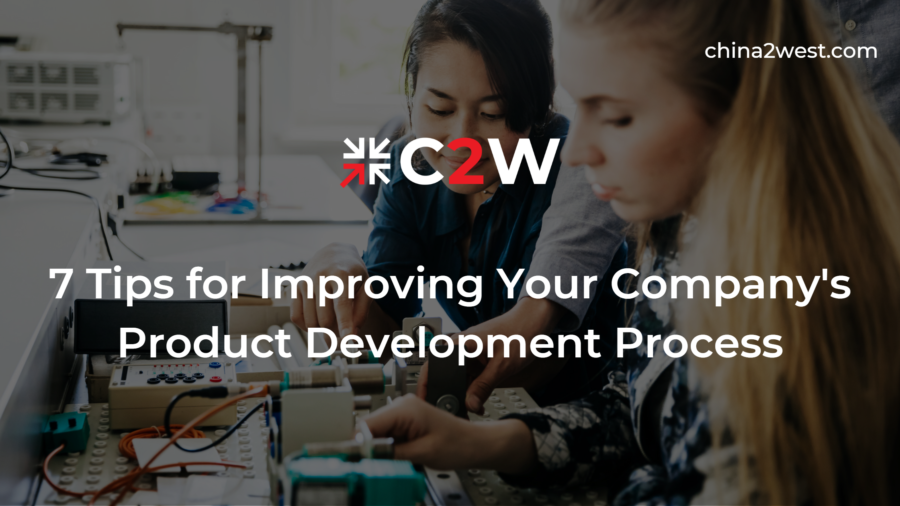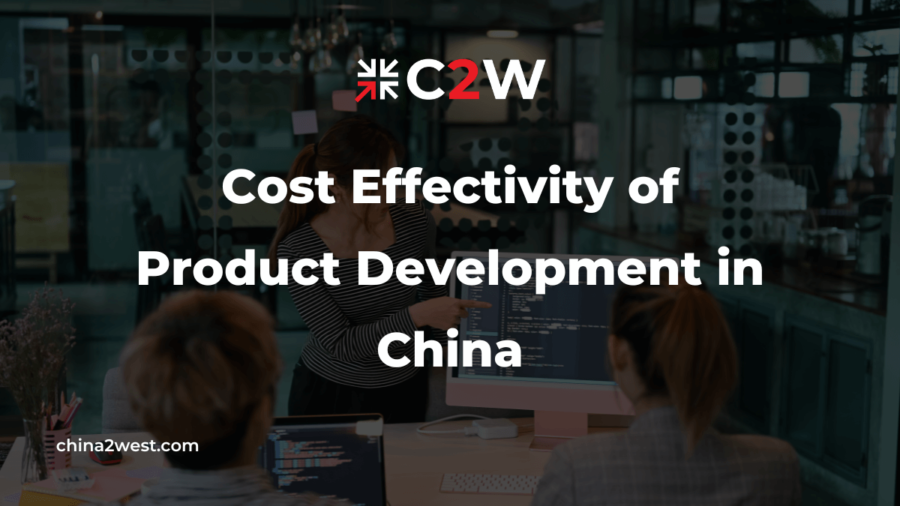A company’s product development process is often a time-consuming, resource-intensive undertaking. Just ask Apple, the world’s wealthiest company. A single product iteration can take years to develop, with strict accountability along the way.
Companies can spend thousands of dollars on developing a single product. Quite often, all of that work goes down the drain when the end result is less than satisfactory. Given the importance of meeting profit targets and sating investors, a company lives or dies by this development’s output.
Looking for ways to improve your product development processes? Read on as we discuss seven tips you can put into practice.
1. Target Audience and the Product Development Process
Too often, product development companies think of an excellent product but make a fatal mistake. They fail to take into account who the product is for.
Take for example the recent release of the Vision Pro headset from Apple. Clocking in at a retail of $3,500, it’s far out of reach for the average consumer. Add on the fact that VR is a niche market and you have a very small customer base.
Granted, experts suspect Apple has done all this for good reasons. But the principle here is clear: Apple had a target audience in mind. If they didn’t, this would be the biggest techno-flop of the century.
Carefully consider who you intend to sell to. Take into account demographics such as income levels, region, and so on. Improperly identify your target market, and you risk overshooting on marketing efforts and underselling.
2. Perform Proper Market Research
So you have your product figured out. Now comes the hard part: finding where it fits into the market.
Market research is where you determine if your product is viable. You are collecting consumer statistics from across the board and doing aggregate analysis.
A large part of market research is identifying your competitors and their products. Your intention is to see how products similar to yours are faring. You can see how much customers are willing to pay, and therefore how much you should price your your lineup to stay competitive.
Market research also teaches you where there might be a gap or unfulfilled demand. You may well discover that one company has the lion’s share in a particular segment. Market disruption could lead to a massive increase in profits for you.
3. Plan for the Future
There’s a good chance your product will have a full lineup that extends many years into the future.
The next question you want to ask yourself is how often you plan to upgrade your products. Further, are these upgrades going to be incremental or substantial? You want to determine if you will release products on a set schedule or as the need arises.
This helps to set expectations, both for the customer and the investor. It gives your company a trajectory and a clear goal to aspire for.
4. Decide How to Manufacture Your Product
The next big question is where and how you plan to manufacture your products. This will determine how much your manufacturing overhead is, and how much profit you can make.
The most affordable way to do this is to outsource assembly to China. Manufacturing is much cheaper in the Middle Kingdom. This is thanks to a lower cost of living, high competition, and decades of manufacturing expertise.
Most companies outsource production out of economic necessity. However, the end goal is to find a reputable, reliable, and ethical company. Take the time to research and find the right company for you.
5. Keep Extensive Product Documentation
It’s critical that everyone, from the engineers to the designers, have a thorough understanding of the product. Throughout the manufacturing process, document everything. Keep track of engineering elements, design features, and items of note for future employees.
This will make it easier to get your product approved through the respective regulatory agencies. It also makes it easier to troubleshoot problems and create consumer documentation. Make sure to back this information up in a secure place for safekeeping.
6. Test, Test, Test
Once your product is out the door, the cat is out of the bag. While you can make alterations to a product across the product development life cycle, it’s best to test it now.
Do extensive testing runs to account for build quality, durability, the versatility of use, and so on. Ideally, you want to catch any problems now rather than later.
Miss something important, and you could end up with some very unhappy customers who got an inferior product. This may lead to product recalls, class action lawsuits, and degradation of investor faith.
7. Take Consumer Feedback Seriously
Think of the last time you were frustrated with a product. In particular, a product you patronized year after year. The same issues persisted despite your feedback to the company.
Nothing is more infuriating than a business that doesn’t listen to its customers. It seems like a pretty straightforward process: customers say what they want, and companies listen. Yet too often, this ideal synchrony rarely appears in the wild.
After all, customers are the ones who use your product on a daily basis. They put it to the test beyond safe, controlled testing conditions. And most importantly, they use it for what they believe is best intended.
Your product will get better and customer satisfaction will improve if you just listen. Incorporate suggestions and feature requests with future versions. Your products will become more convenient, more intuitive, and more efficient as a result.
Assemble Your Product in China With C2W
The product development process is the beginning and end of why you do business in the first place. All of the problems that crop up later tend to have their origin in poor product development. With the above seven tips, you can build products you are proud of–ones your customers love, too.
China 2 West takes the guesswork out of the equation when contracting a China-based manufacturer. Contact us here and we’ll find the perfect solution for your product manufacturing.


